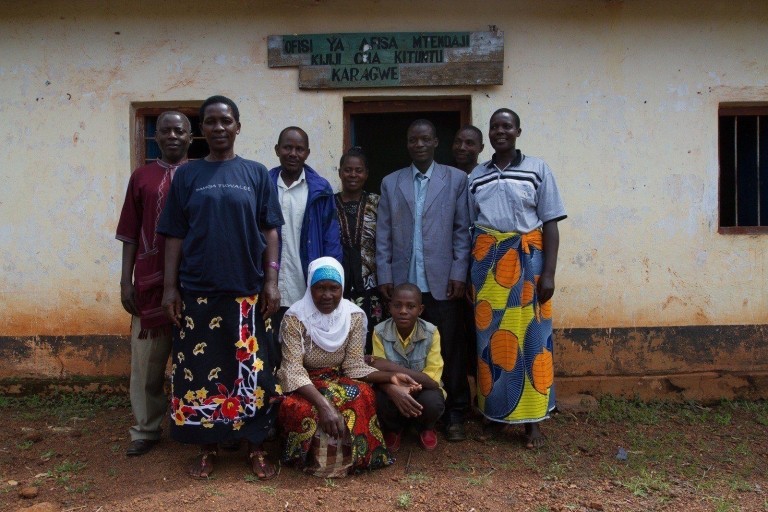Blog
Local partners key to achieving global goals

More than 15 years ago, the global community established a set of goals to alleviate poverty, including establishing a global partnership for development. Today, a new chapter in our quest to improve the state of the world is upon us--the Sustainable Development Goals. While the aim of the goals is much broader in scope—17 SDGs spanning health, education, climate, governance and more, compared to the previous 8 more narrowly defined Millennium Development Goals—there is again a focus on partnership.
SDG 17 aims to “strengthen the means of implementation and revitalize the global partnership for sustainable development.”
With the lofty goal of eliminating poverty in all its forms, no one organization, government or sector can hope to accomplish this on its own. The need for partnership is a given. Yet it is also important to call out as a goal in and of itself. More so today than in previous decades, everyone has a part to play in achieving the goals—the public sector, private sector and civil society, along with new actors like social enterprises and impact investors.
Yet one of the key partners in the pursuit of our goals is mostly an afterthought: local communities, from individual citizens and nongovernmental organizations to local governments. At first glance, it may seem counterintuitive that a focus on ‘the local’ should be a part of a global agenda, but at the core of the SDGs is improvement in the lives of impoverished people, not just systemic changes.
‘Local solutions’ is not new to the development sector. One component of USAID Forward, launched in 2010, is to promote sustainable development through high-impact partnerships and local solutions. This element highlights USAID’s belief that the best way to achieve long-term sustainable development is by supporting the institutions, private-sector partners and civil society organizations driving change in their own nations.
Since the launch of Forward, local solutions has become commonplace in development vernacular in the U.S.
Yet often times, in practice, our actions stop at the national level. As a sector, we haven’t drilled down to effectively engage and partner with local communities on the global agenda, despite the fact that we know national and local-level priorities are often different, even at odds.
This is where Goal 17 becomes an important, if not the key, goal of the SDGs.
While the process of developing the SDGs was more inclusive than the MDGs, their role in implementation is overlooked save for brief mentions in sub-points 17.16 and 17.17.
As a sector, we need more local voices throughout the entirety of the development process—from project design and implementation to evaluation.
At Pact, we work with more than 24,000 partners worldwide, from governments and local nonprofits to community groups and the private sector. The majority of our partners are local, civil society actors. We’ve learned that the most effective way to ensure sustainability is by partnering with the people we serve. When people have the tools necessary to exercise their voice and build their own solutions, they can take ownership of their future.
We’ve learned three things in this regard.
Local communities know their challenges better than anyone else. To be successful, we have to work with local communities to design solutions to their challenges. In Colombia’s mining communities in Antioquia and Boyacá, children mine for a variety of reasons, from economic instability and a lack of quality education opportunities to limited child protection policies and public commitment. Only by working with local communities to identify these challenges and develop solutions can we hope to reduce child labor in mines.
Not only are people’s lives complex, they are also dynamic. Established feedback loops with local communities are essential to remaining relevant and responsive. In Myanmar, Pact helped establish village-level funds to address local health challenges. Yet health challenges were not the only issues the community faced, and were often not the most pressing. Through established feedback mechanisms, we expanded the funds to cover health as well as other development solutions.
Local capacity development is a critical element to sustainable development. Our goal as a development sector should be to eventually work ourselves out of a job. Pact’s approach to capacity development puts the power of international best practices in service provision, management, and monitoring and evaluation in the hands of the people who have a vested interest in the development of their community and who will be there to resolve new challenges as they arise.
As the development community continues to explore the “how” and “how to” of SDG implementation, it is important to leverage the vast knowledge and experience that exists in local communities across the world and provide guidance to development actors on how better to partner with those we serve. Without it, we can’t hope to reach our goals.